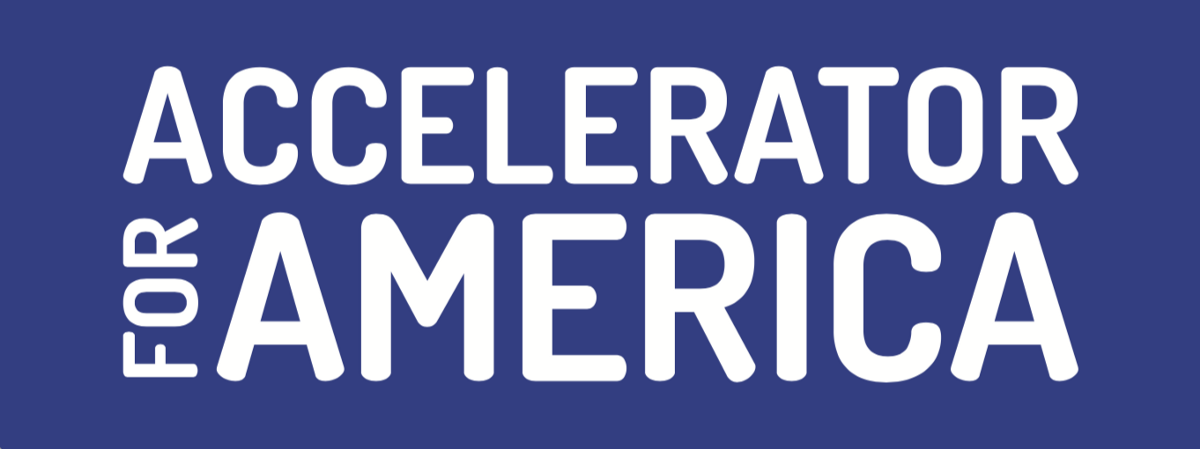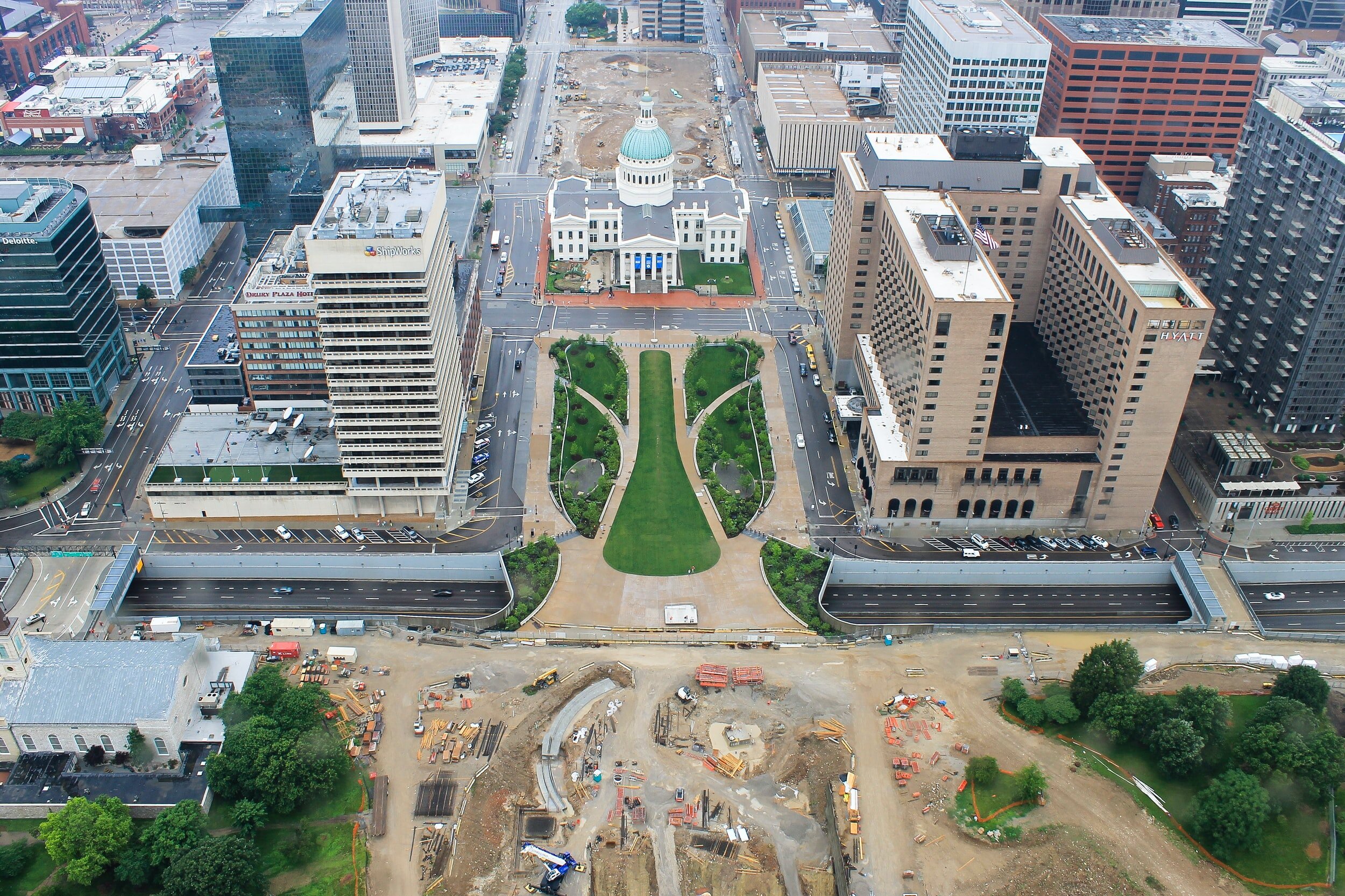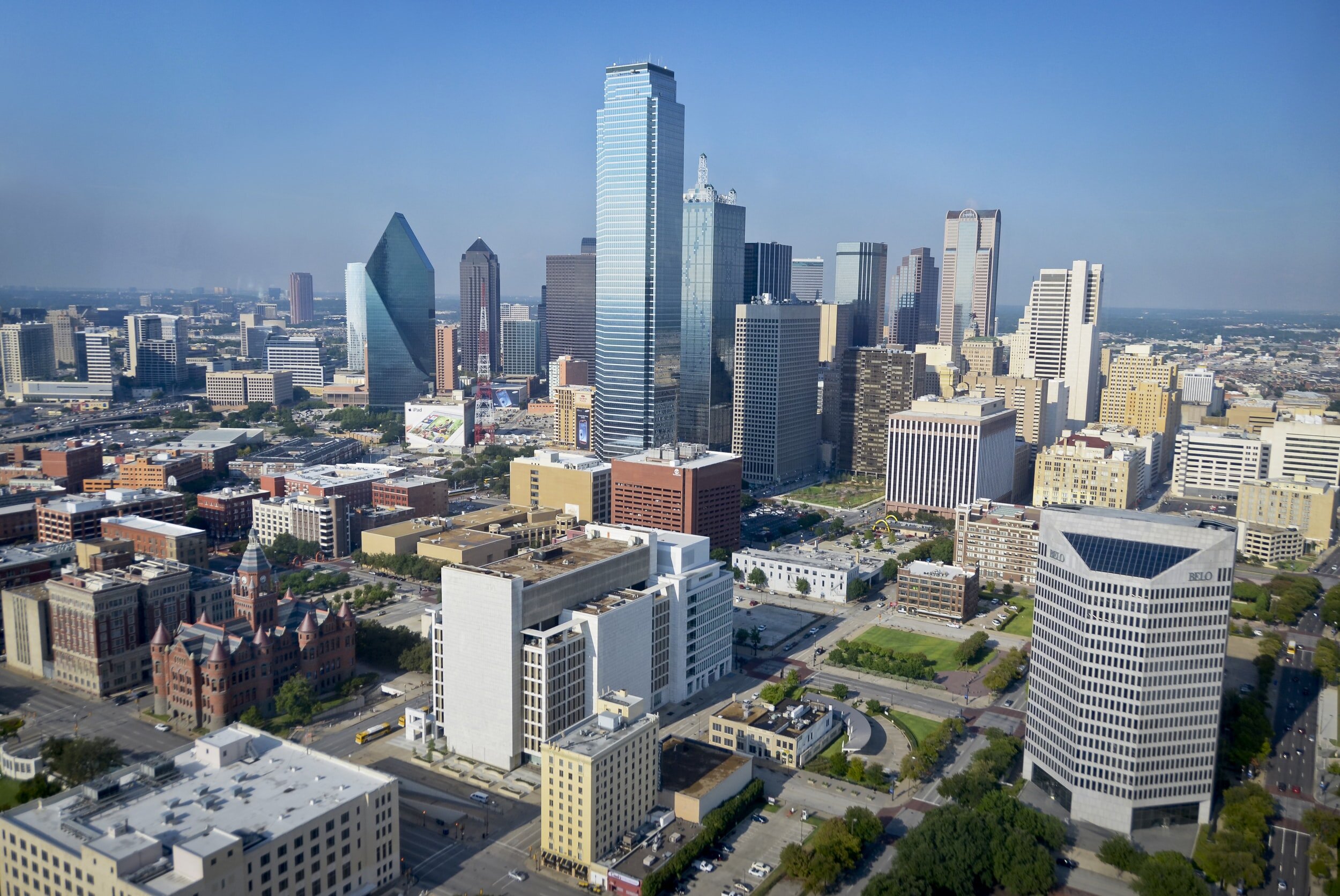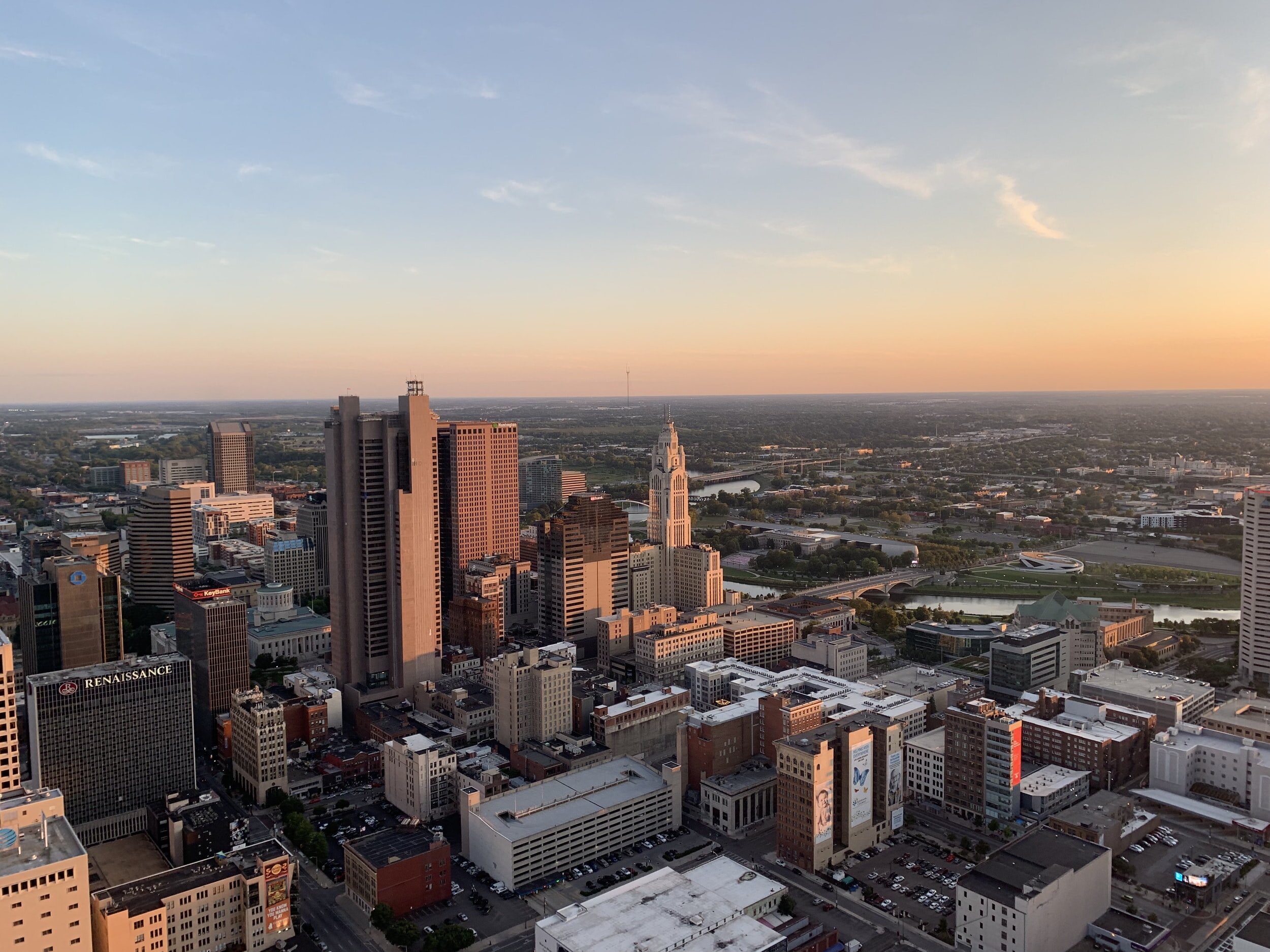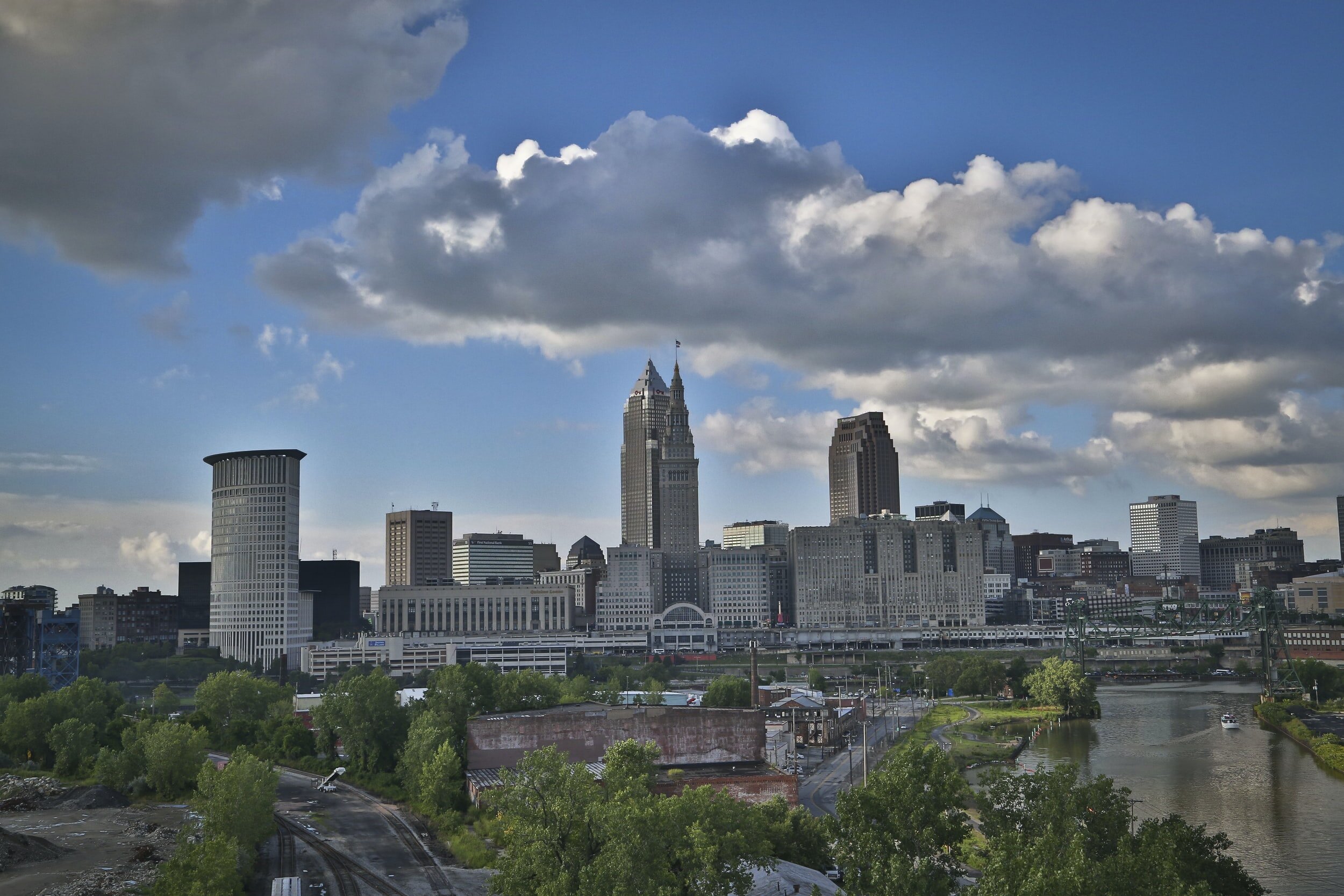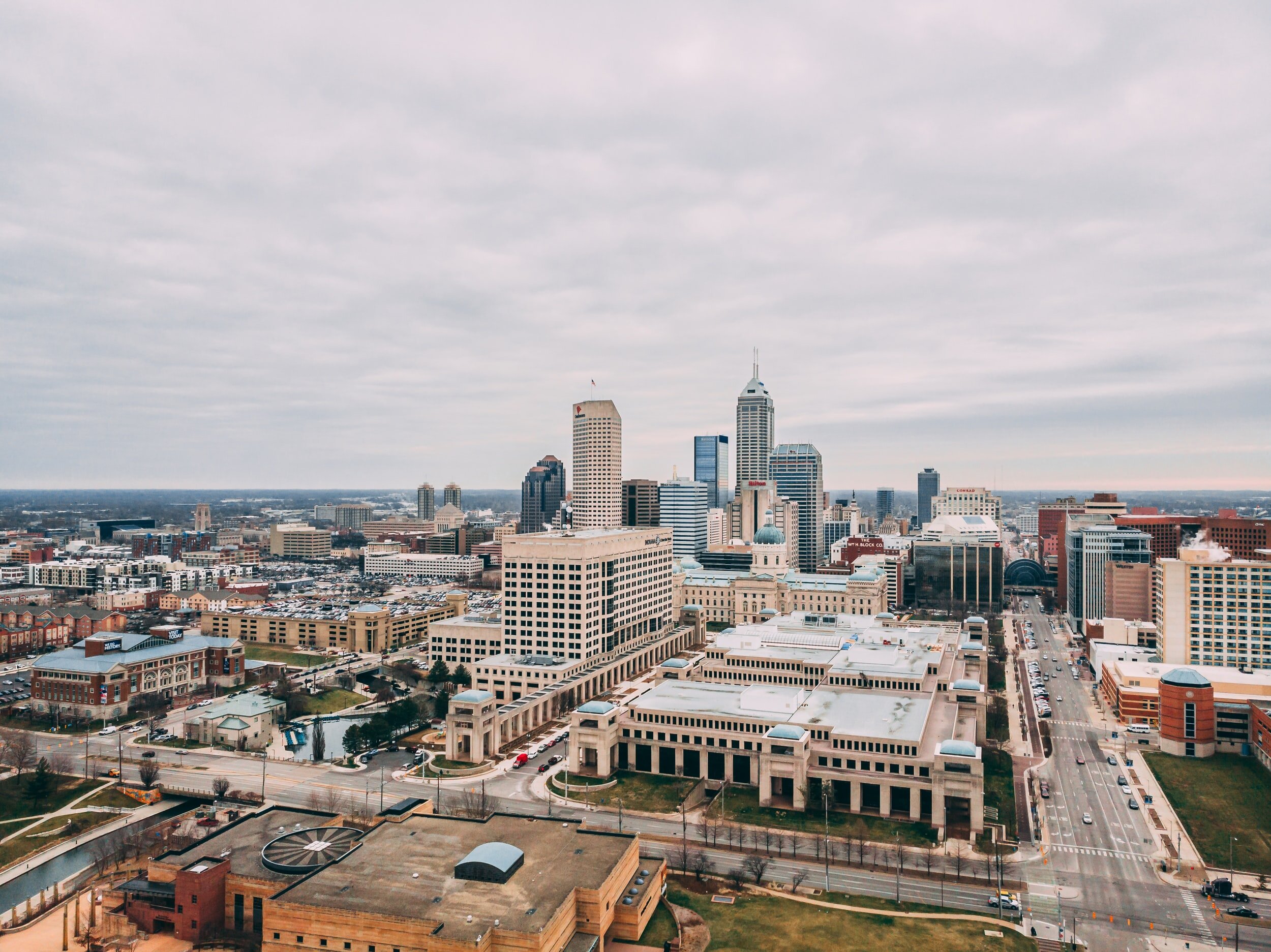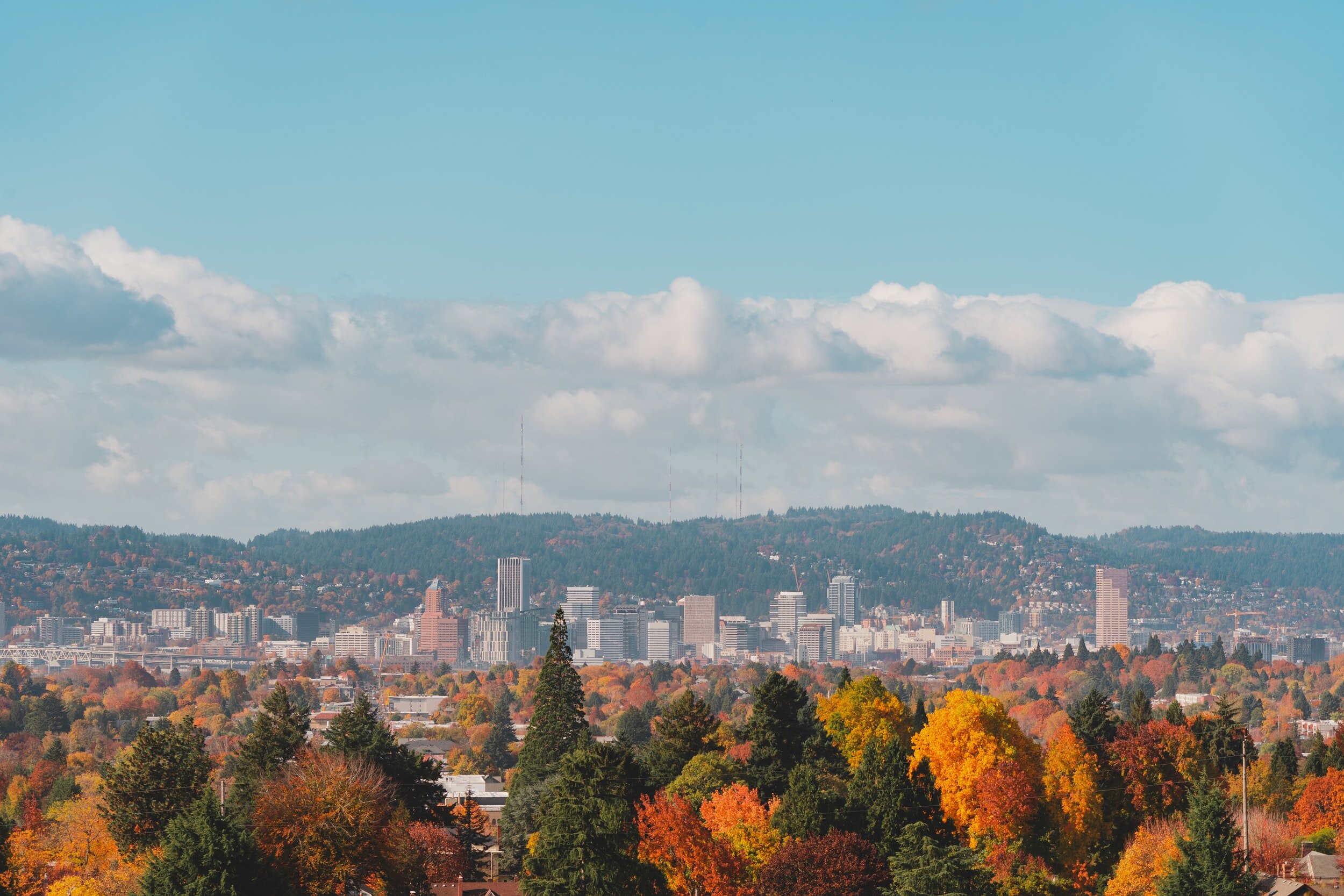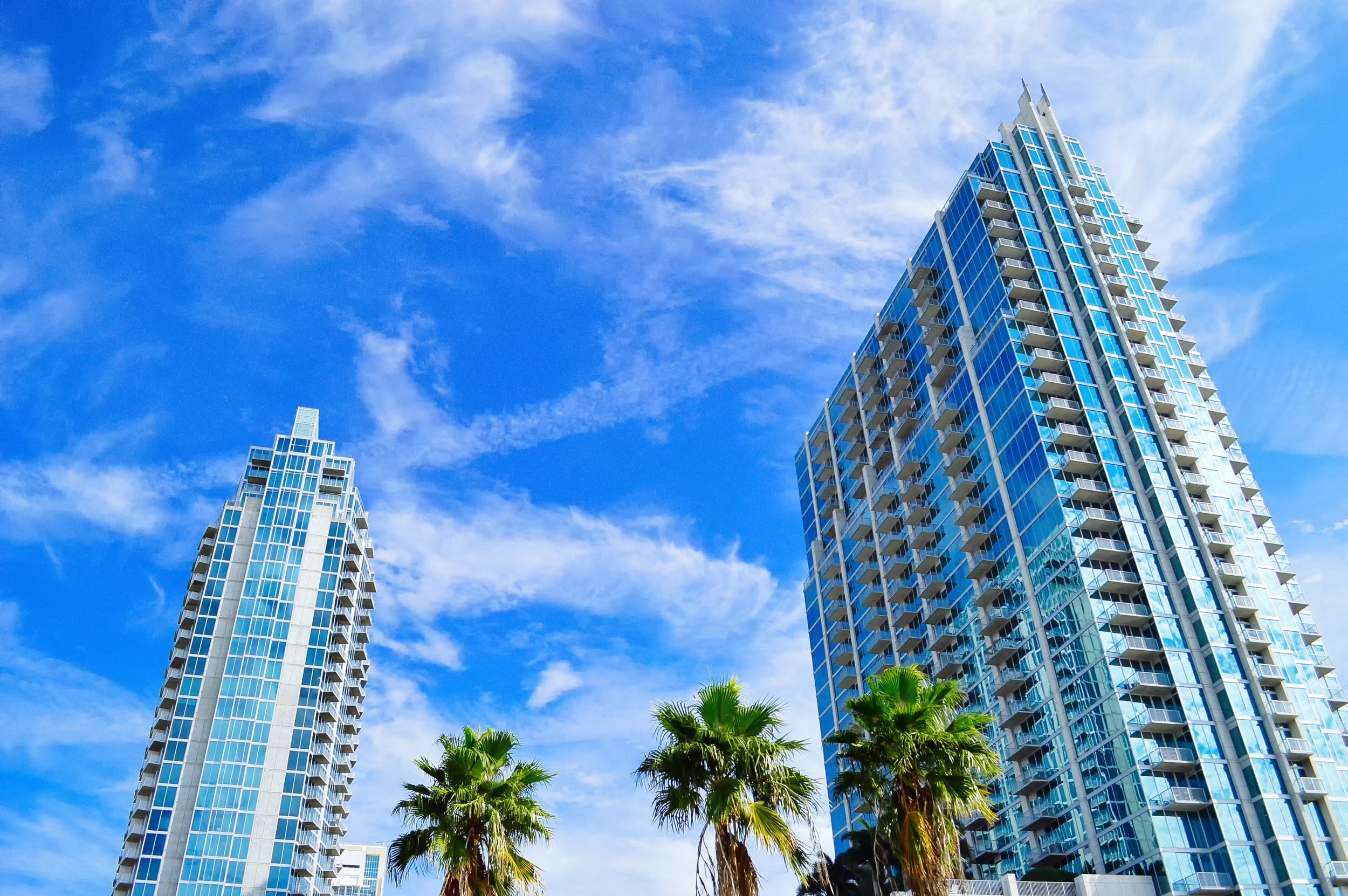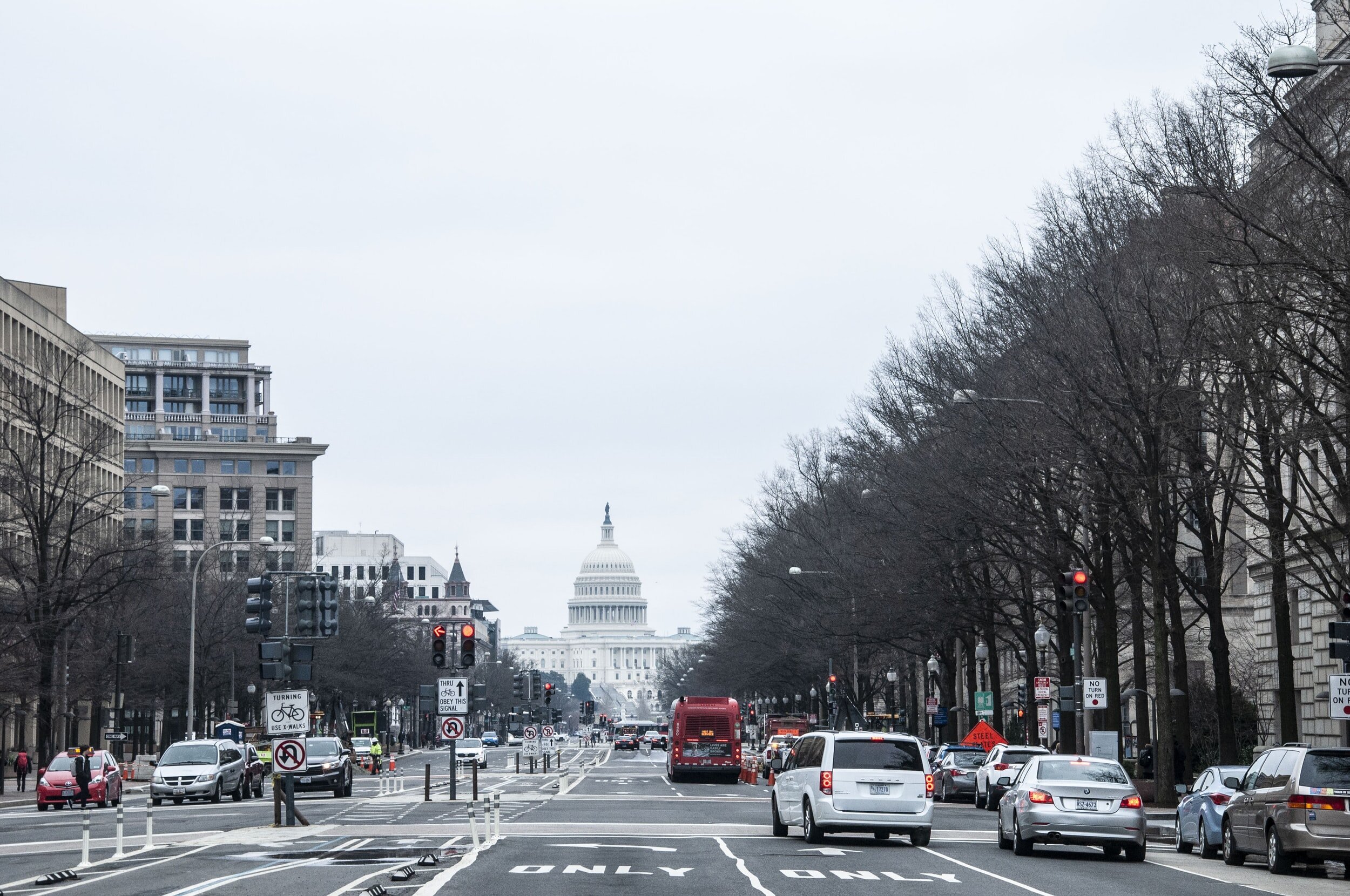On March 11, 2021, President Biden signed the $1.9 trillion American Rescue Plan (ARP) into law.
The legislation represents a historic intervention and a fitting response to the devastating impact of the global COVID-19 crisis. The ARP builds upon certain provisions in the CARES Act and the December Coronavirus Response and Relief Supplemental Appropriations Act (CCRRSA), and often does so on a larger scale. The law also includes new initiatives that will reach some of the most vulnerable communities and businesses excluded from prior funding packages. In doing so, the law strives not only to limit the damage from 2020, but to equip cities and towns with tools necessary to start building a stronger and more equitable future over the next decade. In 2009, the American Recovery and Reinvestment Act set the tone for the recovery from the Great Recession. Today, cities must use Rescue Plan funds to shape their communities for years to come. With funds beginning to flow down to cities and metros in April 2021, this is a practical and urgent task. America must shift from policy design to delivery.
Cities and metros are on the front lines of this effort. They must get organized to maximize and deploy this unprecedented level of federal investment. Dedicated city, regional, county, and state multi-sector networks will be critical for the inclusive and effective distribution of this federal relief and recovery funding. If organized, local leaders can direct resources to drive a local recovery that creates economies that are resilient, racially inclusive and which seed innovations to drive the next generation of American prosperity.
There is a lot in the bill to effectively organize for an inclusive recovery. The question for cities, metros, and counties now is a big one: How can communities deploy ARP funds in the most efficient and equitable manner?
In the report — created together with the U.S. Conference of Mayors, the Drexel University Nowak Metro Finance Lab, and the Mastercard Center for Inclusive Growth — we provide a guide to federal funding in the ARP. We place a special emphasis on formula funds received by local anchors, competitive grants, and funds distributed to public authorities that city leadership can leverage to boost their recovery. We clarify which entities are responsible for applying for grant funds, when funding expires, and what role city and county leadership can play even when they will not be the primary applicant for funds.
We envision this guide as a starting point and look forward to working with cities as they deploy ARP funds, innovate, iterate, and strive to achieve equitable outcomes for individuals, small businesses, and communities hit hardest by the pandemic.
